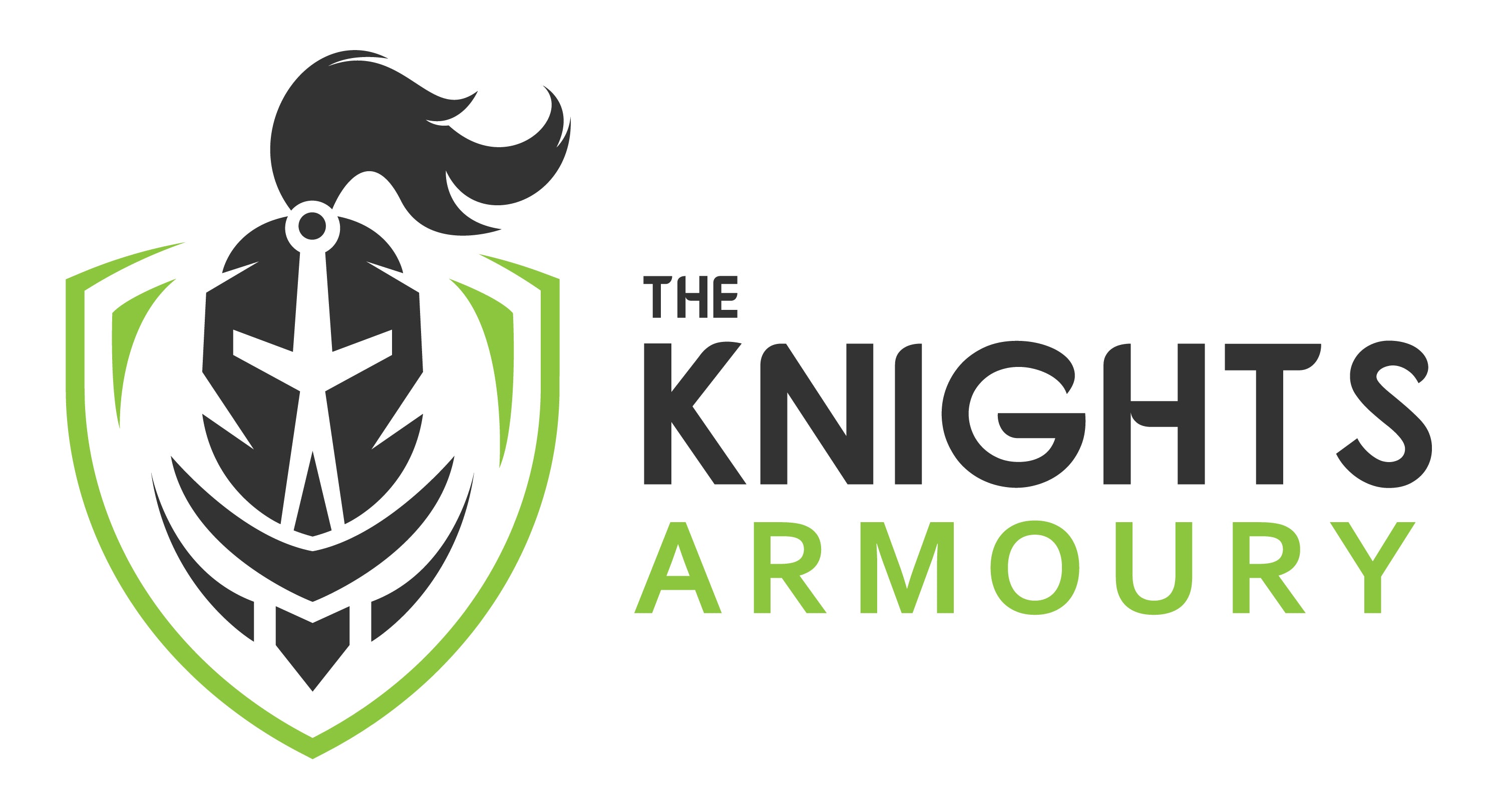In the realm of martial arts, the exchange of knowledge and techniques between cultures has led to fascinating intersections and influences. While Historical European Martial Arts (HEMA) primarily focuses on European combat traditions, it's undeniable that Japanese history and culture have left a lasting impact on HEMA practices. Let's delve into how Japanese martial arts, philosophy, and weaponry have influenced HEMA, creating a rich tapestry of cross-cultural learning and evolution.
The Interplay of Cultures
The interconnectedness of martial arts traditions across continents has led to a diverse and dynamic landscape of combat disciplines. Japan, renowned for its rich martial heritage and philosophical teachings, has played a significant role in shaping HEMA practices. The exchange of ideas, techniques, and philosophies between Europe and Japan has fostered a mutual appreciation and cross-pollination of martial arts knowledge.
Bushido and Chivalry: Shared Philosophical Ideals
Both Japanese Bushido (Way of the Warrior) and European chivalry embody noble ideals of honor, loyalty, courage, and integrity. The philosophical underpinnings of Bushido, emphasizing moral values, discipline, and self-mastery, resonate with the ethical codes upheld by knights and warriors in medieval Europe. This shared ethos of martial virtue and ethical conduct has influenced the mindset and approach of HEMA practitioners, fostering a deeper understanding of martial arts as a path of personal development and ethical engagement.
Katana and Longsword: Parallels in Weaponry
The iconic Japanese katana and the European longsword share similarities in their design, functionality, and martial techniques. While distinct in cultural contexts and historical usage, both weapons exemplify the principles of cutting, thrusting, and defensive maneuvers. HEMA practitioners, drawing inspiration from Japanese swordsmanship traditions, study katana techniques alongside longsword techniques, exploring the nuances of blade work, stances, grips, and combat strategies common to both traditions.
Cross-Cultural Learning and Adaptation
The study of Japanese martial arts, such as Kendo, Kenjutsu, and Iaido, has influenced HEMA practitioners' understanding of swordsmanship, combat dynamics, and martial philosophy. Through cross-cultural learning and adaptation, HEMA enthusiasts integrate elements of Japanese martial arts into their training, enriching their repertoire of techniques, footwork, timing, and tactical approaches. This fusion of Eastern and Western martial arts traditions contributes to a holistic and comprehensive martial arts education within the HEMA community.
Zen and Mindfulness: Mental Aspects of Combat
Japanese Zen philosophy, with its emphasis on mindfulness, presence, and inner calm, has permeated martial arts practices across disciplines. HEMA practitioners incorporate mindfulness techniques, breathing exercises, and mental training inspired by Zen principles, enhancing their focus, concentration, and mental clarity during combat scenarios. The integration of Zen teachings fosters a harmonious balance between physical prowess and mental resilience in HEMA training.
Historical Exchange and Global Perspectives
The historical exchange between Japan and Europe, facilitated by trade, diplomacy, and cultural interactions, has contributed to a global perspective in martial arts studies. HEMA practitioners, embracing a diverse range of martial traditions, including Japanese influences, gain insights into different combat styles, historical contexts, and martial philosophies. This multicultural approach broadens perspectives, fosters mutual respect, and promotes cross-cultural understanding within the martial arts community.
Adaptation and Innovation: Hybrid Martial Arts
The blending of Japanese and European martial arts techniques has led to the emergence of hybrid martial arts systems that integrate the strengths of both traditions. Hybrid practitioners, drawing from Japanese swordsmanship, grappling, and striking techniques, combine these with HEMA techniques to create dynamic and versatile combat styles. This spirit of adaptation and innovation reflects the evolution of martial arts in response to diverse cultural influences and modern training methodologies.
HEMA in Modern Contexts: Global Collaboration
In today's interconnected world, HEMA practitioners collaborate globally, sharing knowledge, resources, and expertise across cultural boundaries. International workshops, seminars, and training camps bring together practitioners from diverse backgrounds, including those with experience in Japanese martial arts. This collaborative exchange fosters cross-cultural dialogue, skill sharing, and mutual appreciation, enriching the HEMA community with diverse perspectives and experiences.
Preserving Heritage, Embracing Diversity
The integration of Japanese history and culture into HEMA practices underscores the importance of preserving heritage while embracing diversity. HEMA enthusiasts honor the legacy of European martial arts traditions while recognizing the valuable contributions and influences of Japanese martial arts. This inclusive approach not only enhances technical proficiency and martial knowledge but also fosters cultural exchange, mutual respect, and a shared passion for martial arts heritage.
Conclusion: Bridging Cultures, Enriching Traditions
In conclusion, the intersection of Japanese history and culture with Historical European Martial Arts (HEMA) highlights the interconnectedness of martial arts traditions and the richness of cross-cultural learning. Through shared philosophical ideals, weapon influences, philosophical teachings, and global collaboration, HEMA practitioners embrace a diverse and dynamic martial arts landscape. By bridging cultures, enriching traditions, and fostering cross-cultural understanding, HEMA continues to evolve as a global community united by a shared passion for martial arts heritage and exploration.

